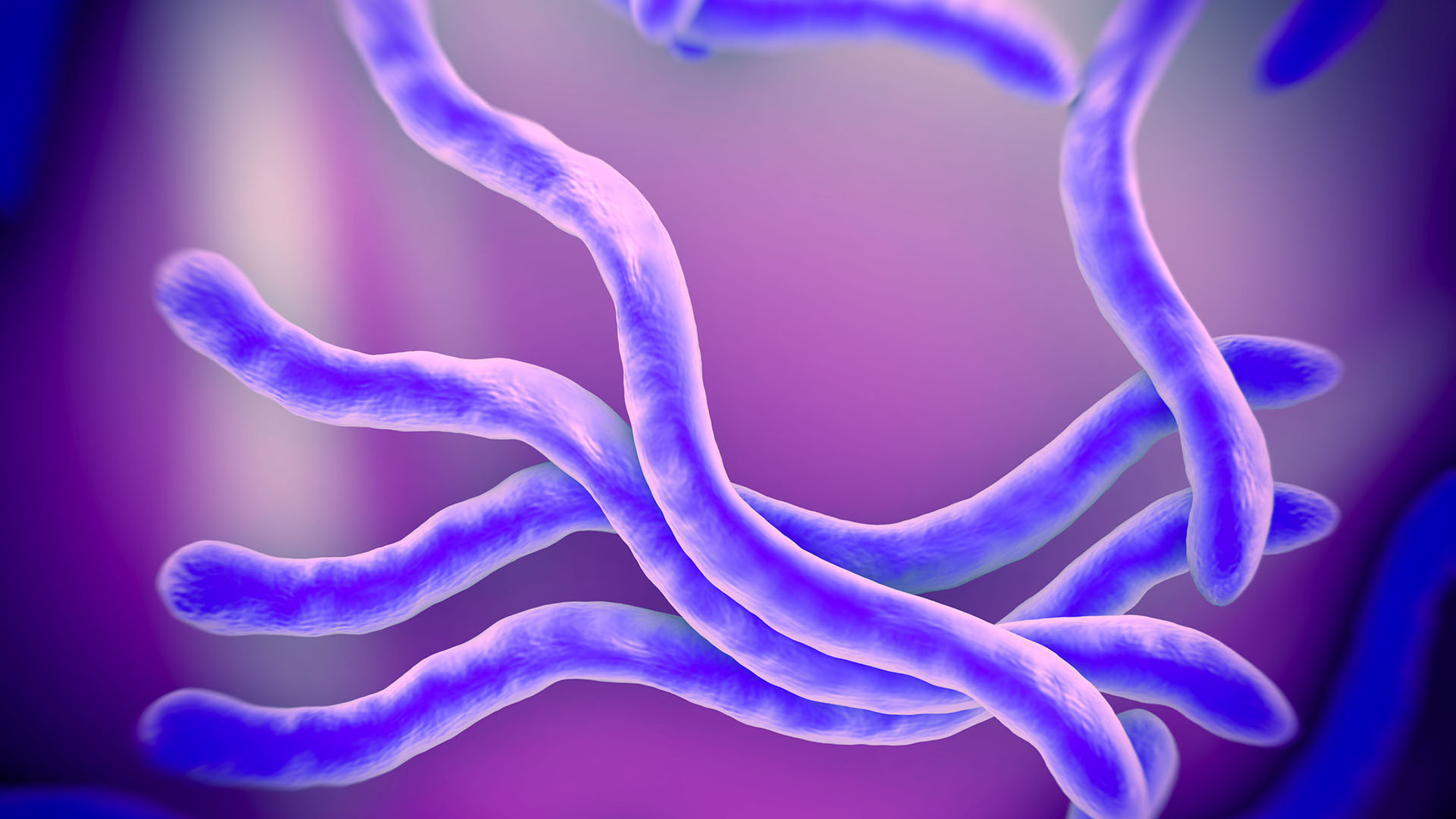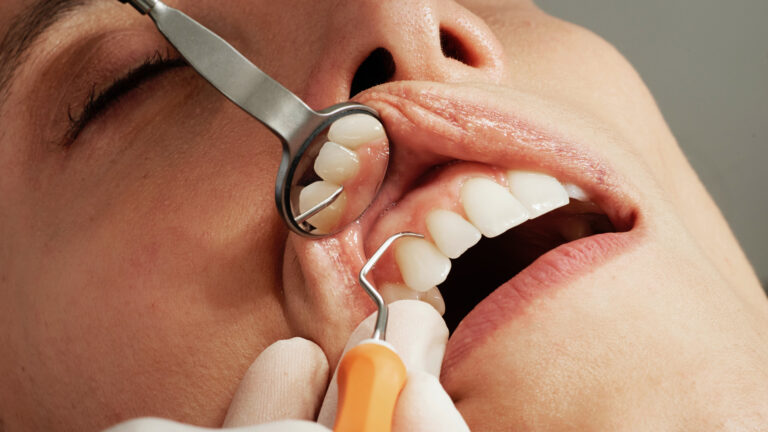It’s easy to take for granted good health when you’re well. It’s one of those existential truths – you never know how good you have it until it’s gone. Those with Lyme disease know this all too well, enduring harrowing symptoms that can span months to years. For most, this marks the beginning of a long, winding journey full of diagnostic failures and worsening health. Their route towards wellness is often misdiagnosed or mismanaged. In many cases, the symptoms of Lyme disease appear to mimic other autoimmune disorders such as multiple sclerosis, lupus, or rheumatoid arthritis making identifying it an arduous task.
Although diagnosing Lyme disease can be as simple as determining if you’re carrying antibodies for the bacterial infection, upwards of 50% of cases receive a false-negative result despite clear symptoms of the condition. Even if you are diagnosed early on and receive clinical treatment, your chances of experiencing long-term symptoms throughout life seem to be getting higher , keeping a full recovery perpetually out of reach. For many with chronic Lyme disease, their health is plagued by sporadic or chronic episodes of fatigue, pain, and cognitive decline – but if you suffer from Lyme disease, this doesn’t have to be the end of your story. Innovative Medicine employs a ground-breaking philosophy when it comes to healing: a philosophy and approach that is pushing the boundaries of what is possible through modern medicine.
The Masked Disease
Conventionally speaking, Lyme disease is caused by contracting Borrelia burgdorferi, a spiral shaped bacterium that is transmitted by a deer tick vector during primarily nymph stages. Once attached, it can take nearly 36 hours for the bacteria to be transferred through the salivary glands of the young deer tick. Most associate Lyme disease with images of a bull’s eye shaped redness around the site of the tick bite called erythema migrans, however not everyone develops this rash. In fact, 20-30% of individuals suffering from Lyme disease report not seeing any sign of the infamous “target” mark. More recently, it has even been found that a tick can transmit the bacteria in as little as one hour from the time of attachment.
Once infected, symptoms can arise similar to the flu with fever, headache, and fatigue. If left untreated, Lyme disease can have significant chronic effects that can penetrate the health of your nerves, joints, heart, and brain. The infection can cause throbbing neuropathic pain, vision loss, migraines, inflammation of the cranial nerves, and numbness or tingling in the extremities. Many patients develop partial paralysis in facial muscles or develop heart palpitations. When it comes to symptoms, late disseminated infection – or chronically untreated Lyme disease – can manifest to appear as many other conditions like lupus, fibromyalgia, depression, or MS. The pathology of the disease has remarkable similarities to a myriad of disorders from overwhelming joints with inflammation – as in arthritis – to afflicting the neurological system – as in ALS. Consequently, Lyme disease is considered as the great impersonator, mimicking other conditions and making diagnosing it a grueling journey for patients and practitioners alike.
As with many infections, the symptoms are caused by the body’s immune response to the bacteria B. burgdorferi, which has been found in the skin, heart, joints, peripheral and central nervous system of infected patients. Scientists have also speculated symptoms can arise from toxicity associated with poisonous secretions from B. burgdorferi. Without treatment, the infection can persist for months, or years, contributing to the long-term pathology some individuals face. Over time, it can lead to neurodysfunction and cause white matter deposits within the brain. For many who suffer from late disseminated infection, recovery seems just out of reach. The typical treatments prescribed to them from incorrect diagnoses may alleviate some symptoms but fail to rid them of the bacteria. Misinformation, misdiagnosis, and mistreatment from health professionals have been the fundamental limitations in how to treat Lyme disease. When properly identified, antibiotic therapies can often eliminate the infection, but relief may come slowly as many symptoms require months to years of recovery. In certain cases, the damage may be so severe that some report no absolute resolution.
Lingering responses from the immune system have played a key role in chronic symptoms associated with Lyme disease. This condition has even earned its own name, post-treatment Lyme disease syndrome (PTLDS) and can persist for years on end.
However, some individuals properly identify the early signs of Lyme infection and immediately begin treatment. Historically, healthcare providers have used standard care options of powerful, broad spectrum antibiotics, such as doxycycline or amoxicillin, to rid the individual of B. burgdorferi. Although often effective, this standard treatment fails to eliminate chronic reemergence of symptoms. Lingering responses from the immune system have played a key role in chronic symptoms associated with Lyme disease. This condition has even earned its own name, post-treatment Lyme disease syndrome (PTLDS) and can persist for years on end. The relapse of non-specific symptoms can appear as fatigue, musculoskeletal pain, or cognitive impairment, requiring many to remain on continued use of pain-management medication.

The Shortcomings of Traditional Therapies
Recently, conventional treatment strategies have also come under fire as the adverse effects of long-term antibiotic use can have a catastrophic impact on the body, inducing cellular toxicity and decimating the gut microbiome of the digestive system. Current steps to improve traditional methods of treatment have shown slight improvement by affecting a slightly more holistic approach to recovery. Alternative therapies focus instead to improve current methods on how to treat Lyme disease by incorporating dietary recommendations that improve nutritional status during antibiotic use. Often, more alternative therapies additionally incorporate herbal support from natural antimicrobial and anti-inflammatory phytonutrients that can uplift the physiological healing properties of the body. Specialists in the field like Dr. Thomas Rau, have also supposed that the long-term consequences of Lyme disease stem from an imbalance within the body’s homeostasis. By restoring the balance and improving the immune system’s efficacy, symptoms of the disease will subside. Although a step in the right direction, these therapies only equate to a small improvement on long-term management of the disease. Instead, we must create a comprehensive way to heal by employing a mixed-method approach.
To make a true impact on curing Lyme disease, we must embrace the healing capabilities of the body and remove the pathogen to restore balance and harmony to our entire system. Innovative Medicine improves on traditional methods by assisting the natural qualities of each individual and incorporating healing strategies that promote their restoration through personalized biochemical, emotional, and spiritual therapies. By focusing on the specific abilities within each of us, we can reconnect our natural healing ability with medicinal therapies and promote our full recovery from the inside out. Although not limited to just late dissemination infection or PTLDS, Innovative Medicine’s ideology redefines how to treat chronic conditions like Lyme disease and recalibrates our natural healing capabilities.
The Innovative Medicine Approach to Treating Lyme Disease
The difference lies in the evolving paradigm shift of disease treatment. Innovative Medicine employs specialized techniques to accurately examine the entire health of each person and their own expressed symptoms of Lyme disease. Through the following comprehensive therapies, you can receive proper diagnosis and personalized care from Innovative Medicine that addresses your health at an individual level.
- Detoxification – Innovative Medicine works first to support the body’s natural healing processes by focusing on recuperation of your body’s homeostasis. These strategies employ intravenous therapies to help communicate to your body it’s time to heal.
- Antimicrobial Therapies – Innovative Medicine targets eradicating the bacterial pathogen by using intravenous natural remedies to relieve you of your infection.
- Regeneration – After clearing your system of Lyme, Innovative Medicine helps your cells regenerate from the long-term disease assault through phospholipid exchange and other methods where needed.
The difference lies in the evolving paradigm shift of disease treatment. Innovative Medicine employs specialized techniques to accurately examine the entire health of each person and their own expressed symptoms of Lyme disease. Through the following comprehensive therapies, you can receive proper diagnosis and personalized care from Innovative Medicine that addresses your health at an individual level.
One Step Further: Evolving the Philosophy of Conventional Medicine
The limited perspective that healing requires simply a physical or pharmacological approach fails to address a fundamental aspect of human biology: the power of the psyche. Scientific studies have well established how essential our emotional and mental state is to how receptive or conducive we are to recovery. Innovative Medicine embraces the universal ability to heal embedded in all of us by ensuring our mind and spirit receive as much care as our physical bodies do. We are interconnected not just through our nervous and musculoskeletal system, but through the fundamental energies that connect us to ourselves and to each other. Modern medicine should require a true holistic approach that nurtures the healing of the person, and not just the elimination of an infection. Reducing each of us to a generic “Lyme disease treatment” inappropriately labels us as a victim or patient of a singular condition – instead of recuperating and rekindling our innate human ability to heal ourselves from any disorder. Innovative Medicine succeeds in supporting the natural resilience of the human mind and body through a variety of health practices.
Through it’s personalized treatment protocols, the New York Center for Innovative Medicine has achieved total eradication of Lyme disease in hundreds of patients – and reduced patients’ symptoms to stories of the past. Start your path toward wellness and tap into your natural state of healing.
* Disclaimer: The statements made in this article have not been evaluated by the Food and Drug Administration. Any products or treatments mentioned are not intended to diagnose, treat, cure, or prevent any disease. Please consult a licensed medical practitioner for medical advice. At Innovative Medicine, we believe in transparency. We want you to know that we may participate in affiliate advertising programs pertaining to products mentioned herein.





